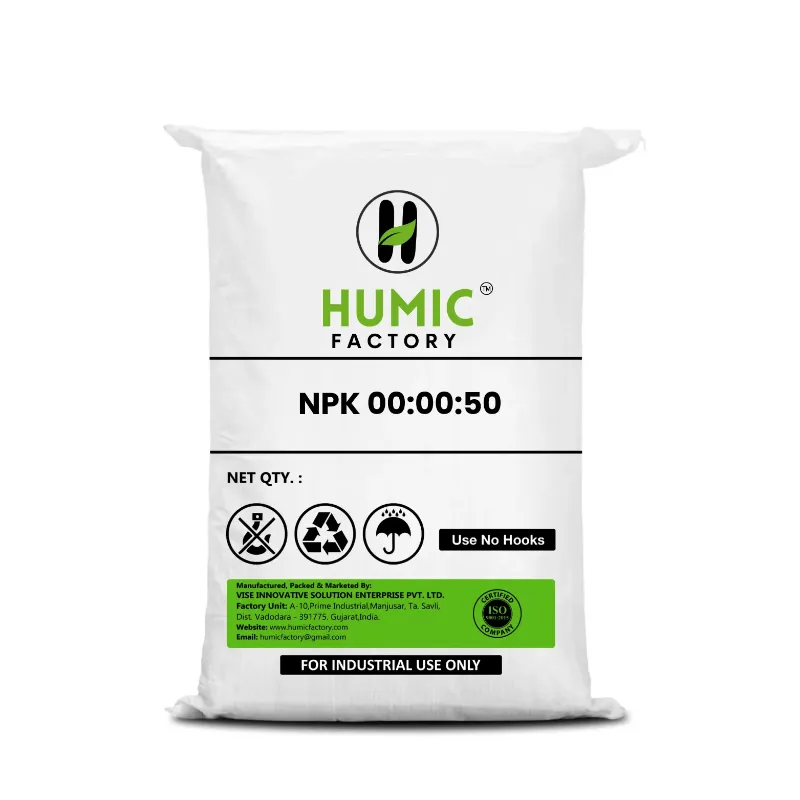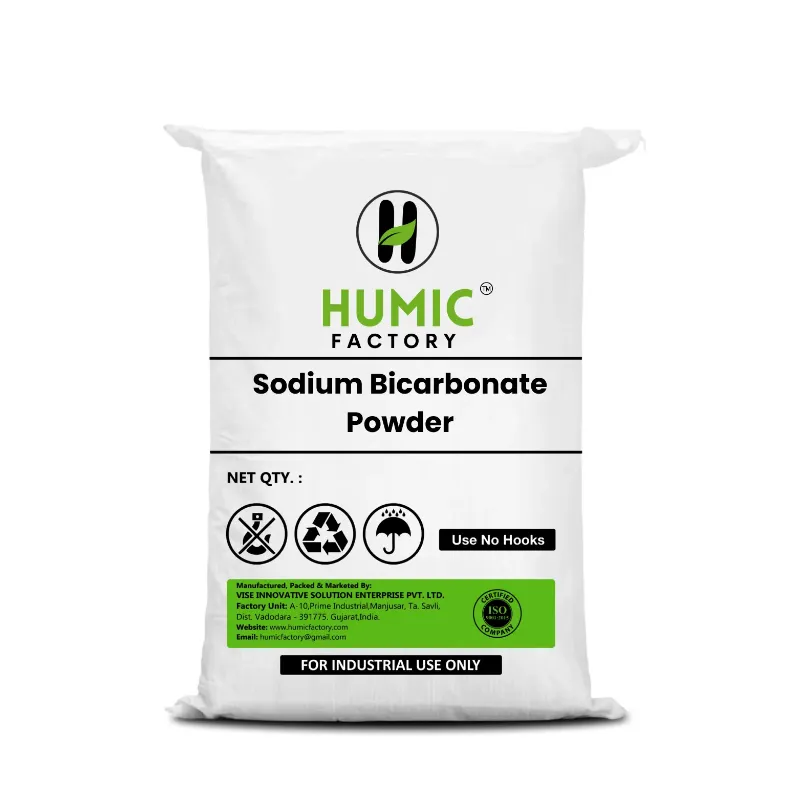Humic acid is a versatile soil amendment with numerous benefits for soil health and plant growth. However, several common misconceptions or myths persist regarding its properties, uses, and effectiveness. Addressing these misconceptions is essential for understanding the true potential of humic acid and its role in sustainable agriculture. Here are some common misconceptions or myths about humic acid:
1. Myth: Humic acid is a fertilizer.
Fact: Humic acid is often mistaken for a fertilizer due to its role in improving soil fertility and nutrient availability. However, humic acid itself is not a fertilizer but rather a soil amendment derived from organic sources. While humic acid enhances nutrient uptake and utilization by plants. It does not provide significant quantities of essential nutrients such as nitrogen, phosphorus, or potassium. Humic acid is typically used in conjunction with fertilizers to improve their efficacy and optimize nutrient management in soil.
2. Myth: Humic acid provides immediate plant nutrition.
Fact: Some people believe that humic acid directly provides immediate nutrition to plants upon application. While humic acid does improve nutrient availability and uptake by plants, it is not a direct source of nutrients. Instead, humic acid enhances soil fertility, nutrient cycling, and microbial activity, leading to improved nutrient availability and utilization by plants over time. It works in synergy with fertilizers and organic matter to optimize nutrient supply and support plant growth.
3. Myth: Humic acid can replace synthetic fertilizers.
Fact: While humic acid is beneficial for soil health and plant growth. It cannot entirely replace synthetic fertilizers in all agricultural systems. Humic acid enhances nutrient availability and uptake, promotes soil structure and fertility, and supports microbial activity, but it does not supply primary nutrients such as nitrogen (N), phosphorus (P), and potassium (K) in sufficient quantities for crop growth. Humic acid is typically used as a complement to fertilizers to improve their efficiency and reduce nutrient losses in soil.
4. Myth: Humic acid is harmful to plants or soil organisms.
Fact: Some misconceptions suggest that humic acid may be harmful to plants or soil organisms due to its acidic nature or chemical composition. However, numerous studies have demonstrated the beneficial effects of humic acid on soil health, plant growth, and microbial activity. Humic acid improves soil structure, enhances nutrient availability, promotes root growth, and stimulates microbial activity, leading to healthier soils and more productive plants. When used according to recommended guidelines, humic acid is safe and beneficial for soil and plant health.
5. Myth: Humic acid is a synthetic chemical.
Fact: Humic acid is often misunderstood as a synthetic chemical additive used in agriculture. In reality, humic acid is a natural organic substance derived from the decomposition of organic matter such as plant residues, compost, peat, and lignite. It is composed of complex organic molecules containing carbon, hydrogen, oxygen, nitrogen, sulfur, and other elements found in organic matter. Humic acid is considered a valuable soil amendment for its ability to improve soil health, nutrient cycling, and plant growth in agricultural and horticultural systems.
6. Myth: Humic acid works best in acidic soils only.
Fact: Some misconceptions suggest that humic acid is only effective in acidic soils and may not benefit neutral or alkaline soils. While humic acid can buffer soil pH and enhance nutrient availability in acidic soils, it also has beneficial effects in neutral and alkaline soils. Humic acid improves soil structure, increases cation exchange capacity (CEC), promotes microbial activity, and enhances nutrient retention in soil, regardless of the initial soil pH. Its ability to improve soil health and fertility makes it valuable in a wide range of soil types and conditions.
7. Myth: Humic acid is not suitable for organic farming.
Fact: Humic acid is a natural organic substance derived from organic sources such as compost, peat, and lignite, making it suitable for use in organic farming systems. It aligns with the principles of organic agriculture, which emphasize the use of natural inputs and practices to promote soil health, biodiversity, and environmental sustainability. Humic acid improves soil fertility, enhances nutrient availability, stimulates plant growth, and supports microbial activity in organic farming systems without relying on synthetic chemicals or genetically modified organisms.
8. Myth: All humic acid products are the same.
Fact: There is a misconception that all humic acid products are identical in composition and effectiveness. In reality, humic acid products vary in their source, extraction method, concentration, and composition, which can influence their efficacy and performance in soil. Different sources of humic acid, such as leonardite, peat, and compost, may contain varying levels of humic and fulvic acids, as well as other organic compounds. Additionally, the manufacturing process and quality control measures can affect the purity and stability of humic acid products. It is essential to choose high-quality humic acid products from reputable manufacturers and consider factors such as product concentration, application rate, and compatibility with other soil amendments or fertilizers.
In summary, humic acid is a valuable soil amendment with numerous benefits for soil health and plant growth. However, several common misconceptions or myths exist regarding its properties, uses, and effectiveness. By addressing these misconceptions and understanding the true potential of humic acid, growers can make informed decisions about its application in agricultural and horticultural systems, leading to improved soil fertility, nutrient management, and crop productivity.





